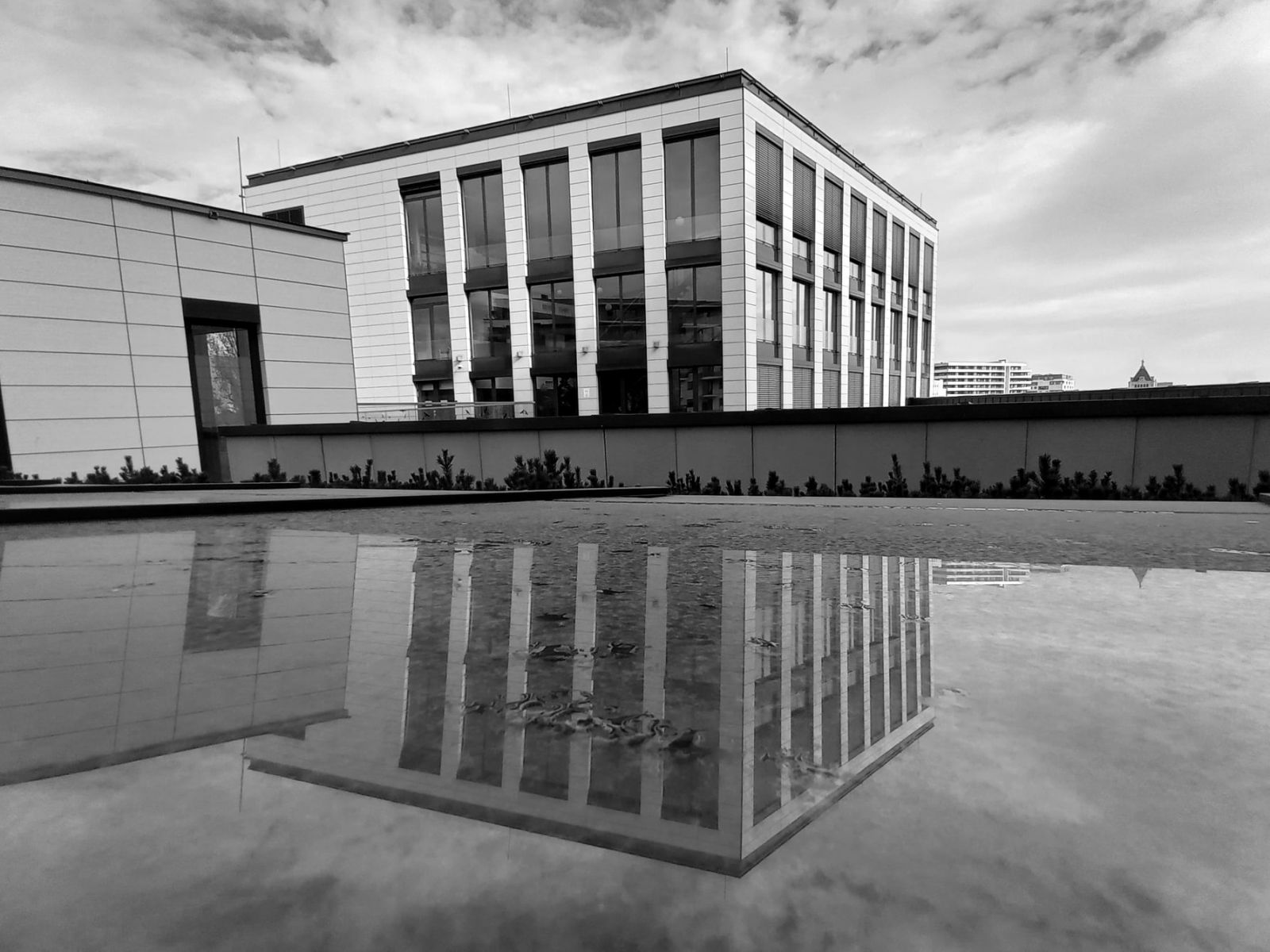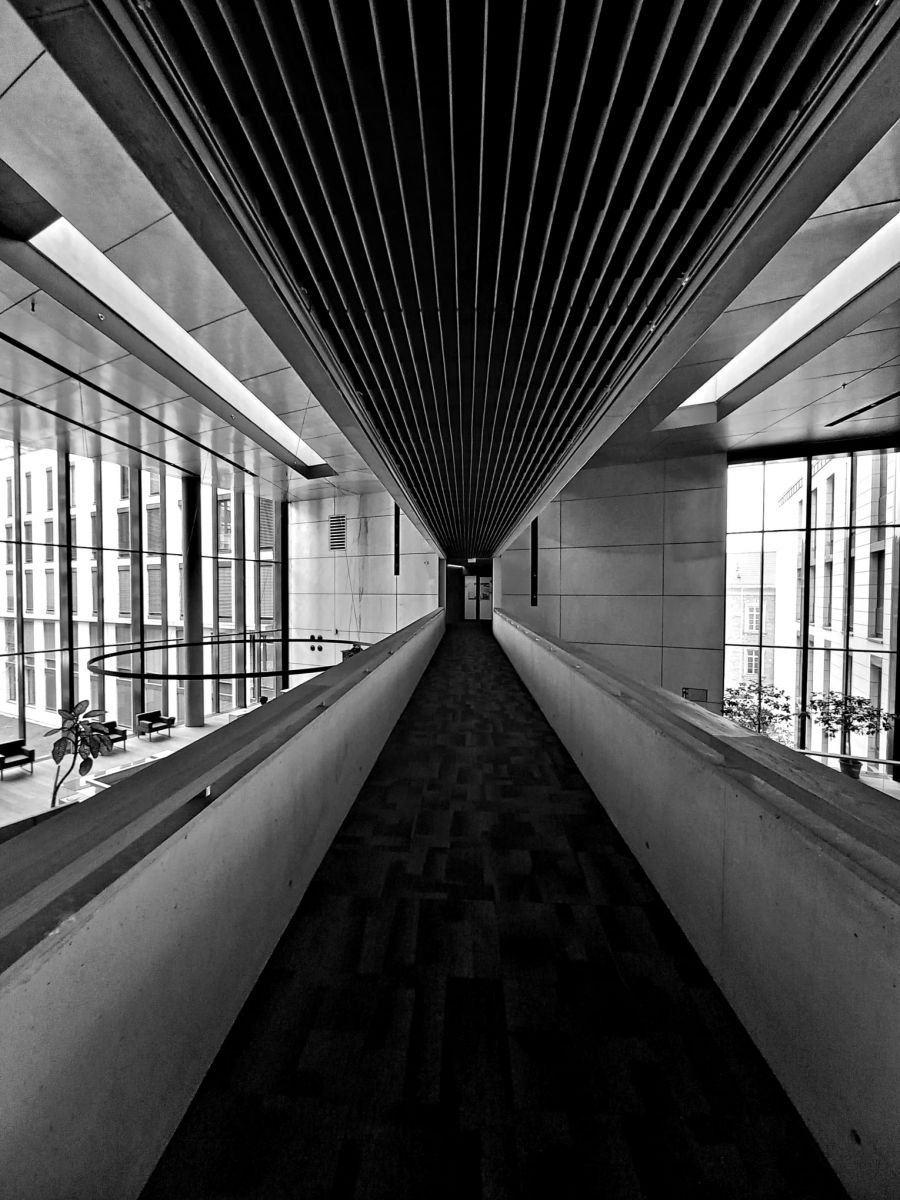The Institute for Legal Sciences - then known as the Institute of Political Science and Law - began its operation based on Decree No. 4. 231/1949 (190) M. T. issued by the Council of Ministers of the Hungarian People's Republic on 9 September 1949. This decree abolished the East European Institute of Science, which had been operating since 1941, initially under the name of the Teleki Pál Institute of Science, and at the same time provided for the establishment of the Institute of Political and Legal Sciences (hereinafter referred to as the Institute), the Institute of History, the Institute of Linguistics, the University Geography Institute and the Geographical Book and Map Repository, all under the supervision of the Minister of Religion and Public Education.

After the dissolution of the Ministry of Religion and Education in 1951, the Institute came under the supervision of the Ministry of Education, then the Ministry of Higher Education, and in 1953 the Ministry of Justice. On 1 May 1955, the Council of Ministers placed the Institute under the supervision of the Hungarian Academy of Sciences (MTA). The President of the MTA was entrusted with the exercise of supervisory powers. From then on, the Institute operated under the auspices of the MTA for more than six decades. In 2011, during the restructuring of the MTA's research network, a significant structural change was the creation of the Centre of Social Sciences (CSS), which meant that the four transferred institutes continued their research activities without a separate legal personality. At the same time, Act LXVIII of 2019 placed all the research institutes of the MTA under the control of the Eötvös Loránd Research Network - now known as the Hungarian Research Network (HUN-REN) - which started its operations on 1 September 2019.
During its first period of operation, the Institute consisted of two comprehensive academic departments – the Legal Department and the Political Science Department – as well as the Documentation Centre and the Library. In addition to research and scientific publications, a significant part of the Institute's work at this time was the preparation of compilations, documentation and translations commissioned by public bodies.
In 1955, a pivotal turning point occurred for the Institute as it came under the auspices of the Hungarian Academy of Sciences, marking a significant advancement from a professional standpoint. Imre Szabó, a distinguished member of the MTA (later holding the positions of Deputy Secretary General and Vice President) and a legal scholar, assumed the role of Director for a quarter of a century. During this tenure, the Institute's organizational structure mirrored the disciplines of law and political sciences, facilitating research through specialized departments and divisions. Beyond its commitment to scientific inquiry and publications, the Institute played an integral role in shaping legislation and contributing to sectoral codification efforts. This multifaceted engagement encompassed fundamental and applied research and actively immersed the Institute in the legislative process, highlighting its comprehensive involvement in both scholarly pursuits and practical contributions to the legal arena.

Beyond its domestic research and teaching units, the Institute fostered robust professional connections with the political science and law institutes in socialist countries. Starting from the 1960s, it expanded its network to include specific research units in Western Europe. The Comparative Law Department, a cornerstone of these international engagements, played a pivotal role. Due to the Institute's commitment to comparative research and publications, we hosted the tenth International Congress on Comparative Law in 1978. This event underscored the Institute's global influence and dedication to fostering international scholarly collaboration. Alongside this milestone, the Institute actively participated in other significant international scientific initiatives, further enhancing its role in the global academic community.
Following the democratic transition, pivotal contributions from Institute members played a vital role in shaping the evolution of the public law system, exemplified by a series of publications from the MTA's Programme Office for Public Policy Research. In the aftermath of this transition, Vanda Lamm, an MTA member since 2007, led the Institute for two decades (1991-2012). This period witnessed significant overhauls in the Institute's organizational structure, research focus, and international collaborations. Researchers actively participated in legislative preparations, a key phase being 1994-1996, when the Institute took on the scientific groundwork for the new Constitution. Despite the failure of the constitution-making process, the Institute fulfilled its responsibilities by organizing international conferences and publishing a series of books dedicated to constitutional preparation.
After the democratic transition, numerous former Institute researchers assumed prominent roles in government, with appointments ranging from presidents of the republic and ministers to constitutional judges and members of esteemed international tribunals. This underscores the enduring impact of the Institute on legal and political spheres, both domestically and internationally.
In the transition between the 20th and 21st centuries, the Institute has witnessed a notable surge in collective research and publication endeavours. The primary objective has been to engage a growing number of Institute researchers in collaborative projects. As a result, for example, the "Legal Lexicon" (Ed. Vanda Lamm - Vilmos Peschka), the "Human Rights Encyclopaedia" (Ed. Vanda Lamm), "The State of the Legal System" (Ed. András Jakab - György Gajduschek), "The Reciprocity of the Hungarian Legal System 2010-2020" (Ed. Gárdos-Orosz Fruzsina), and "The Practice of the Constitutional Court - 100 Decisions of Principle Importance of the Constitutional Court 1990-2020" (Eds. Gárdos-Orosz Fruzsina - Zakariás Kinga), published by the Institute.
Beyond the traditional realms of basic and applied scientific research, publications, and conferences, the Institute has actively embraced a contemporary approach to science promotion. This involves an increasing presence on social platforms such as YouTube, Facebook, and Instagram, reflecting a commitment to disseminating knowledge and fostering scientific dialogue through diverse and accessible channels.
Photos of Adrienn Szilágyi.



